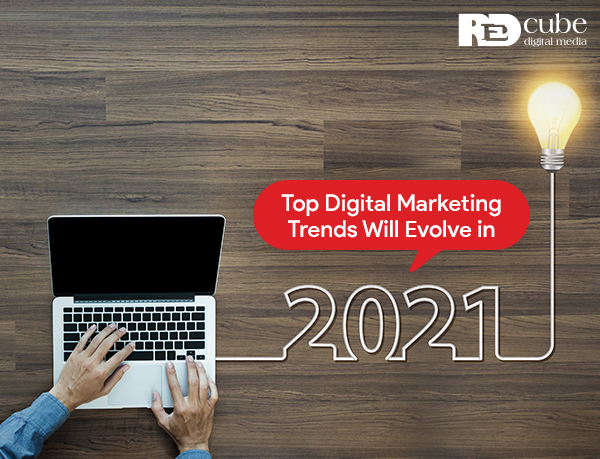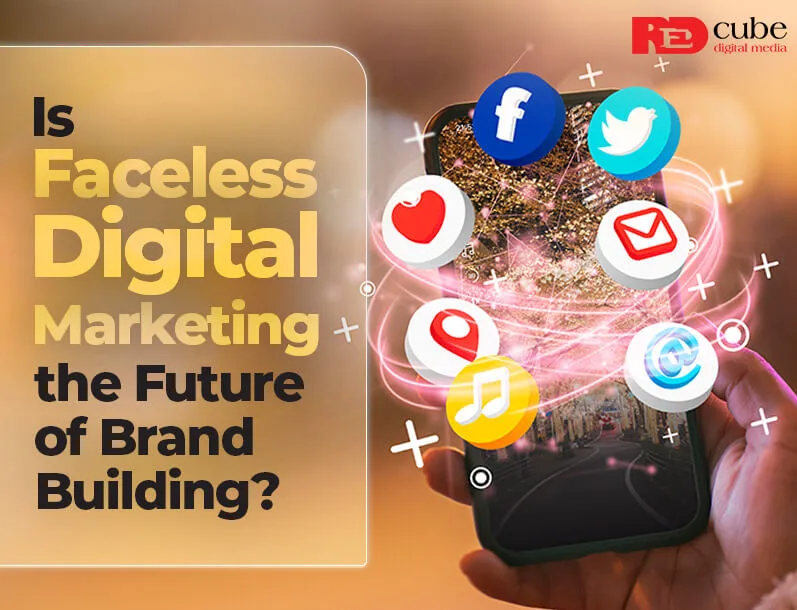As we know digital marketing allows us to build a brand or business with a social media presence and increases visibility and traffic of our digital presence through website. We know that in this modern and fast-moving digital world, automation is the key that has taken place. Not only automation, the new techniques & methods, near-endless Google and Facebook algorithm updates, and latest technologies keep the digital marketing industry in moving parts.
We should be aware of the fact that what worked in 2019 or early 2020 may not work the same way in 2021. To stay on top of the latest trends you should always be well informed and quickly adaptable to the changes. Here are digital marketing trends you can see more of in 2021:
1. Google Verified Listings for Local SEO
Google My Business is the best way to reach out to locals. Businesses operating at a local level such as an Electrician or plumbing company can establish growth in their business through Google My Business listing. Having a geographically specified service area Google My Business listing helps for “near me” searches to a consumer. It also helps consumers discover more about your company within the listing results. Your potential customer can have a look at your opening hours, address and star rating given by other users. To ensure that the information shown is right, you can search your Google Business listing and keep the information up to date. Also, the verified businesses are considered more reliable, trustworthy and reputable than unverified competitors.
2. Interactive & Engaging Content
Including engaging and interactive parts to your website is a perfect way to give visitors value, get them to connect with your website, and learn more about them. Suppose you are into digital marketing services and added an informational survey form to your website. By adding this simple form you’re offering value to your visitors while also learning more about them based on the data being inputted by them.
Examples of interactive Content include:
-Polls and surveys
-Calculators on the website
-Contests
-Assessments like quizzes
– Engaging social media creatives
3. Shoppable Posts
Shoppable Posts on social media is a great way to reach out to a number of customers for an e-commerce business. Through Instagram’s Shoppable Posts, you can view or tag a product for users to see, fall in love through, and purchase without ever having to navigate away from the post. These platforms like Facebook and Instagram have noted that people are using these platforms to shop; hence they made it easier for merchants to sell through social media. For several years, Instagram, Pinterest, and Facebook have been searching for new ways for e-commerce stores to create shoppable post content, and by using native integration, they have made it easier to tag and buy items directly through the posts. For online sellers, this is a great way to drive more and more traffic to product pages and converting them into sales.
4. Social Media Stories
One of the most incredible and easy to use way is Social Media Stories. Though most of the brands and businesses are using Social Media Stories, they are not fully enjoying the benefits. Instagram stories and reels will be on its boom in 2021 and brands should seek this opportunity to increase their social media presence and engagement. These stories can be an incredible way to feature products, events, and even personal experiences for an individual creator. You can make your followers hooked on your updates by offering discount codes, limited edition products, or behind-the-scenes look through Stories.
Some easy ways to add value to your social media stories are:
– repost the post by a user who tagged your business
– create simple animations of your product or service
-Upload live stream footage for users who haven’t seen it live.
– create polls, quizzes and Q&As, to engage viewers with your brand
5. Mobile-First Websites
With the decrease in desktop use and the dominance of smartphones for much of our internet surfing, more mobile-first design websites are being created. This basically means that when the website is designed, it is first mapped on the smallest screen to provide smartphone users with the best interface while providing applications designed to enhance smartphone use. This includes functions like collapsible menus, simplified navigation menus, touchscreen-friendly navigation, and less text-heavy content. The website will work perfectly on desktops and laptops, but the user experience is specifically tailored to the mobile interface.
Choosing a mobile-first web design can –
– allow the page to load faster, enhancing the experience for users and for search engines as well.
– allow you to integrate mobile features like voice detection and camera
– be less expensive as compared to a full-fledged desktop website
– help in increasing conversions and sales. Improving the user experience can help the user navigate the website with ease which results in an increase in conversions.



